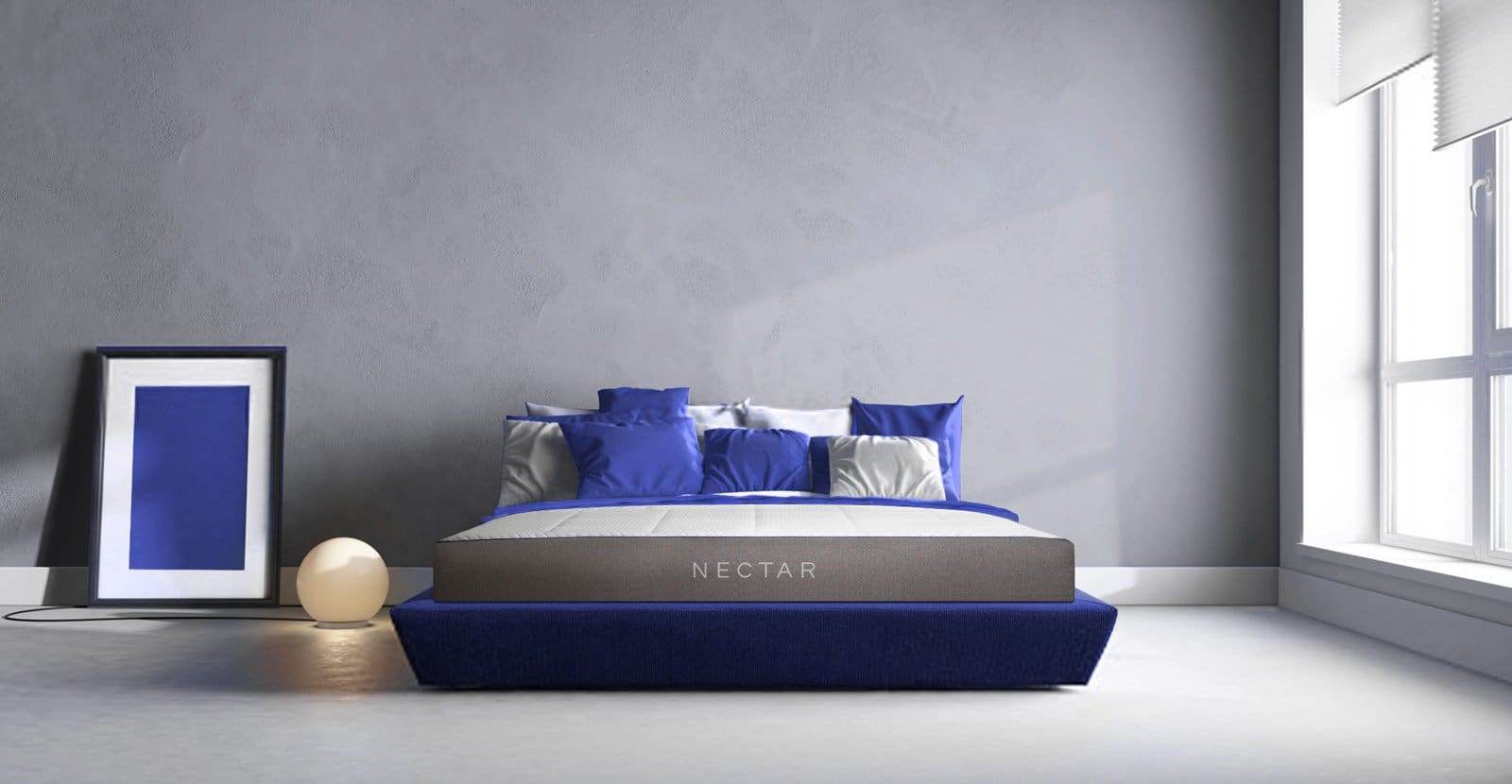
Selecting the correct mattress for you and your partner is critically important, as it can make the difference between getting a peaceful sleep and not getting the rest you deserve.
Getting enough sleep is vital to alertness, productivity, and enjoyment of life. Those who go too long without getting proper rest may age faster, get less work done, and put themselves at risk of developing chronic health issues or having a serious accident.
As you can see, buying your first bed is a big deal, as you will be weighing the above issues with the amount of money you have available to spend on a new mattress.
Begin your research by reading Nectar sleep reviews, as they will give you a good idea of what works well for different types of people.
At the end of the day, however, you’ll need to know what your ideal mattress looks like before handing over your credit card.
In this post, we’ll discuss which factors you should evaluate before making your final buying decision.
1) How firm should your bed be?
Of all the aspects of buying a mattress, its firmness is perhaps the most important consideration of all. Everyone is finicky about what they like, and you are likely the same way.
Even if you have an idea about which bed you want to get (or what others have told you to get – big mistake, by the way), you should take the time to field test mattresses of differing firmness before committing to a purchase.
Each bed will evoke a certain reaction – note each and let them play a factor in your final decision. After all, you’ll be sleeping in this bed for years to come, so you ought to be happy with your investment.
2) It accommodates you based on how you sleep
Once you know which type of mattress you prefer, you should then think about how you sleep, as there are specific beds that are better suited to different sleeping styles.
Side sleepers will want a softer bed, as this position puts the greatest amount of stress on the body. The body structures exposed to the mattress will bear more weight per square inch than if you laid on your back or stomach, so you’ll want to go softer to compensate for this fact.
Stomach sleepers will want to opt for a harder bed, as soft mattresses make it tougher for these folks to get comfortable during the night.
Back sleepers will want a bed somewhere in the middle between cloud soft and pool table hard, as it is important to have a comfortable bed to sleep on, but not at the cost of harming the alignment of your spine.
Have a partner who violently thrashes around during the night? Acquiring a bed with memory foam, pocket coils, a latex topper, or a segregated dual air support system will keep you from feeling their frequent movements.
3) They prevent you from getting allergies and/or being overheated
Do you find yourself constantly overheating while trying to fall asleep? If this describes you, avoid latex or foam mattresses at all costs.
Because of their composure, they draw in body heat and they retain it for long periods of time, making it tough for temperature-sensitive sleepers to get the rest they need.
In this instance, fiberfill mattresses are a better choice, as are beds equipped with a feather mattress topper.
In both cases, they release body heat much faster than foam or latex, encouraging a cool sleeping environment that makes it easier to relax.
Unlike the above scenario, allergy sufferers should opt for foam or latex mattresses, as they have anti-allergenic properties that make it nearly impossible for dust mites or mold to take hold in their bed.
Have a fiberfill mattress due to previously mentioned heat issues, but you have allergies as well? Outfit it with an anti-allergen cover to reduce the risk of your bed contracting mites and mold to a minimum.